Robot N2 won second place at the half marathon held in April. ( Video : X)
The N2 robot from Chinese company Noetix Robotics made a splash when it came in second place at the world’s first robot half marathon held in Beijing last April. The 1.2-meter-tall N2 is equipped with a walking algorithm that helps it maintain a center of gravity deviation of just 3 centimeters even when sprinting at speeds of up to 10 kilometers per hour.

Noetix N2 finished second in the humanoid robot half marathon. (Photo: Reuters)
“Within a month of the competition, we received more than 1,000 orders. To date, the number has exceeded 2,500, helping us reach our annual sales target ahead of schedule,” said Jiang Zheyuan, founder of Noetix Robotics.
Another humanoid robot that stands out for its compact, lightweight design, easy portability, and high impact resistance, able to stand up after just 1 second after falling. That is the T1 Robot from Booster Robotics, designed for developers and researchers.
Meanwhile, Robotera's robot models reach running speeds of more than 14 km/h and can perform many complex movements such as climbing stairs, lifting heavy objects, squatting, jumping and bodybuilding.

Humanoid robot Booster T1 plays soccer in the Beijing Economic and Technological Development Zone. (Photo: China Daily)
Driven by technological breakthroughs and strong industry growth, humanoid robots in China are becoming more flexible, intelligent and versatile than traditional industrial robots.
With sensors, AI-powered perception, and advanced motion control technology, humanoid robots can be deployed in complex environments, understand human commands, and adapt to a variety of service types – from production lines to homes, hospitals, retail stores, and many other public spaces.

Galbot humanoid robot performs the role of a sales clerk at a simulated pharmacy. (Photo: China Daily)

A humanoid robot greets visitors at a Beijing high-tech park. (Photo: Xinhua)
According to the Beijing Department of Economy and Information Technology, the city’s robotics industry is expected to generate more than 30 billion yuan ($4.17 billion) in revenue by 2024 – up 50% from the previous year. Beijing – home to more than 400 major robotics companies and a robust innovation ecosystem – is rapidly emerging as a national-level robot manufacturing hub.
Notably, this city is also a pioneer in building a product system according to the "1+4" model, in which humanoid robots are the center, supported by other advanced robotics fields including: Medical robots, collaborative robots, specialized robots and logistics robots.
Beijing will host the 2025 World Robot Conference (WRC) from August 8–12, with around 200 robotics companies showcasing their latest technology. This will be followed by the first World Humanoid Robot Games – a comprehensive sporting event for humanoid robots – from August 15–17 in the same city. The Games will feature 11 events, including athletics, gymnastics and football, as well as demonstration and application competitions.
Source: https://vtcnews.vn/robot-trung-quoc-chay-hang-vi-chay-nhu-van-dong-vien-ar949812.html





![[Photo] The 9th Congress of the Party Committee of the Office of the President, term 2025-2030](https://vphoto.vietnam.vn/thumb/1200x675/vietnam/resource/IMAGE/2025/6/20/78e7f27e8c4b4edc8859f09572409ad3)





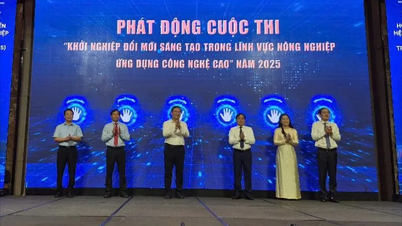



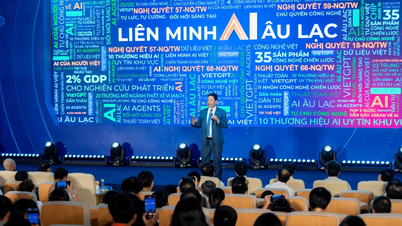
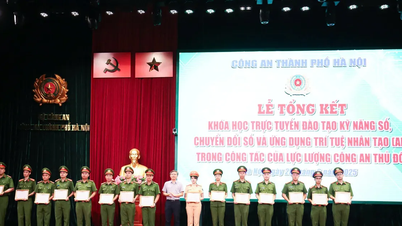




































![[Maritime News] Wan Hai Lines invests $150 million to buy 48,000 containers](https://vphoto.vietnam.vn/thumb/402x226/vietnam/resource/IMAGE/2025/6/20/c945a62aff624b4bb5c25e67e9bcc1cb)













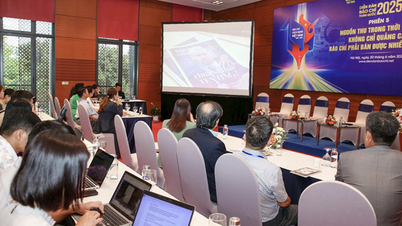


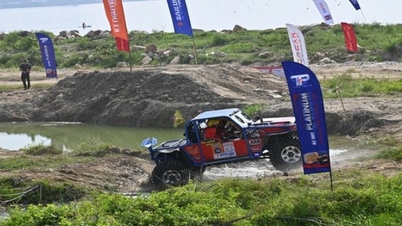




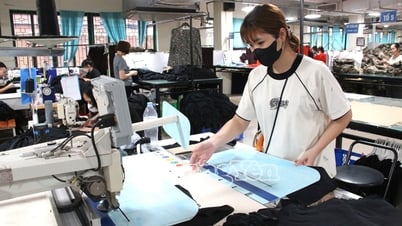

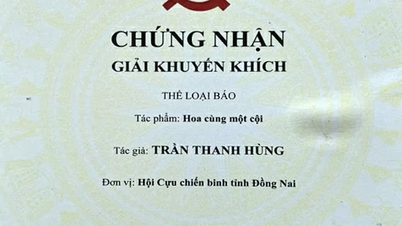







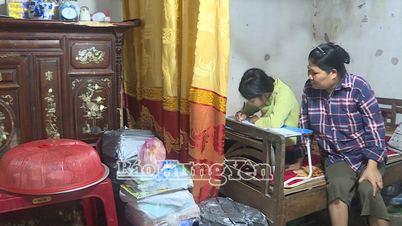














Comment (0)